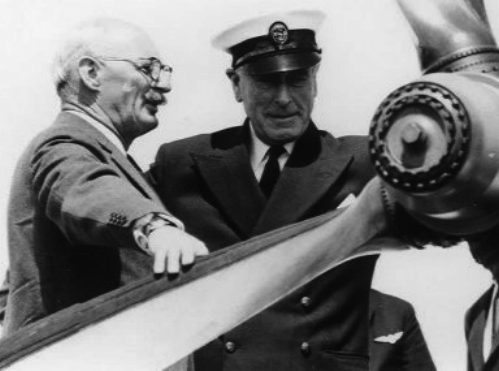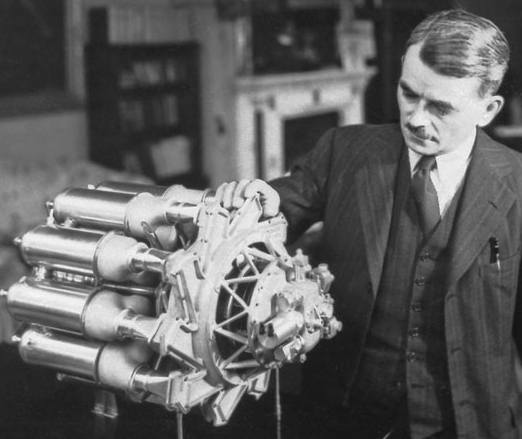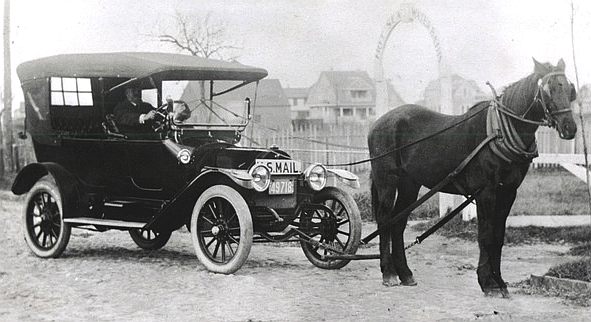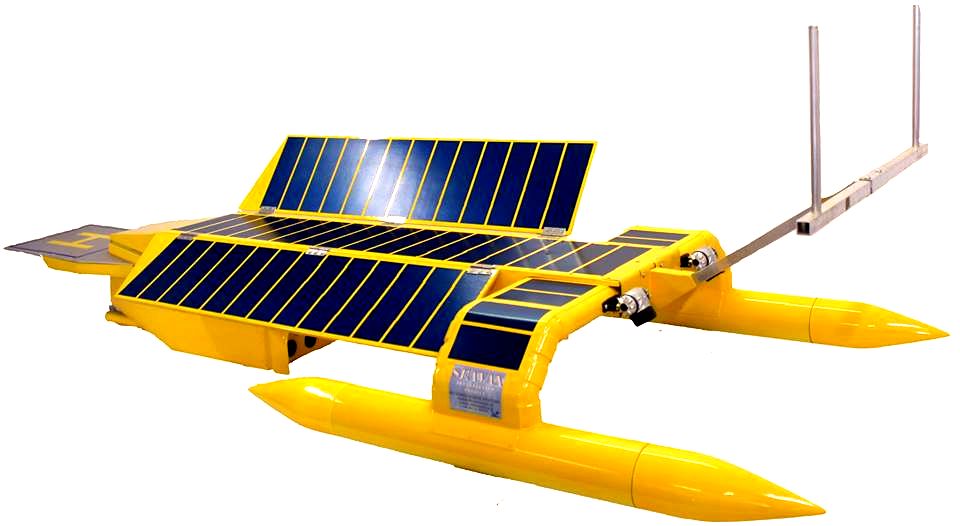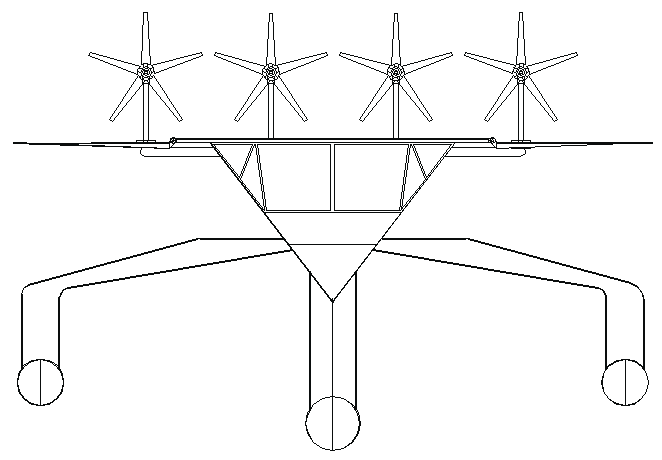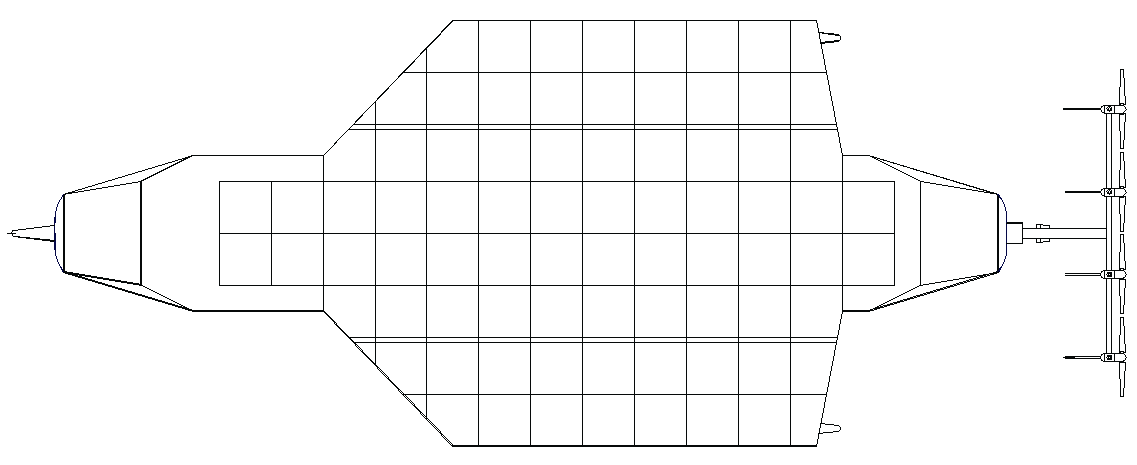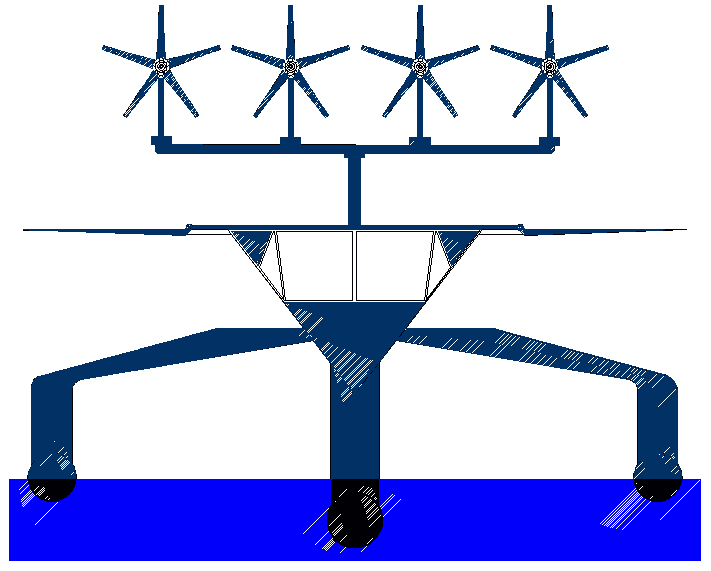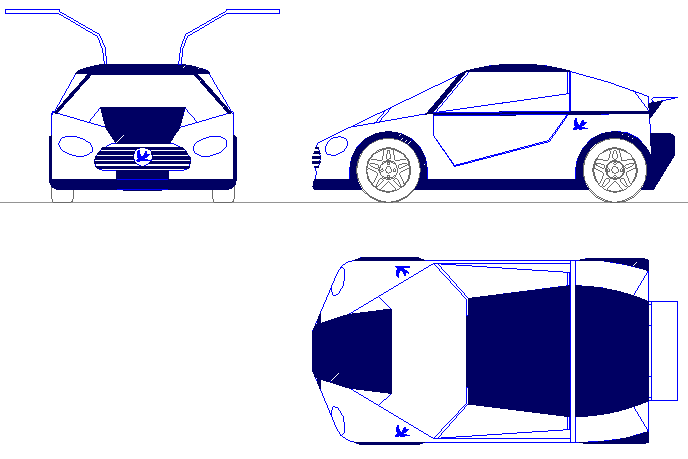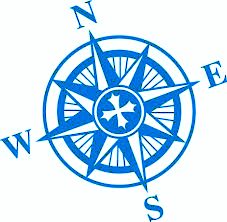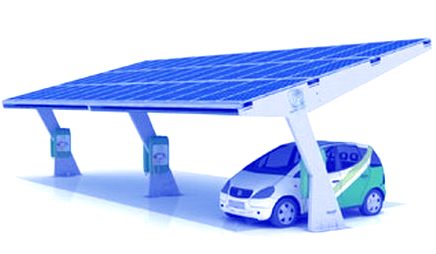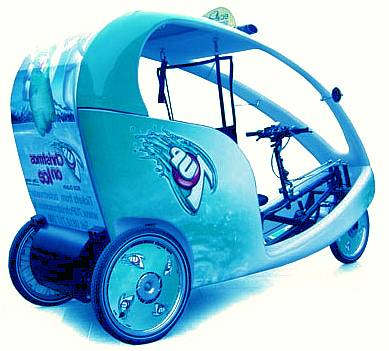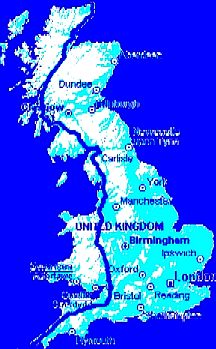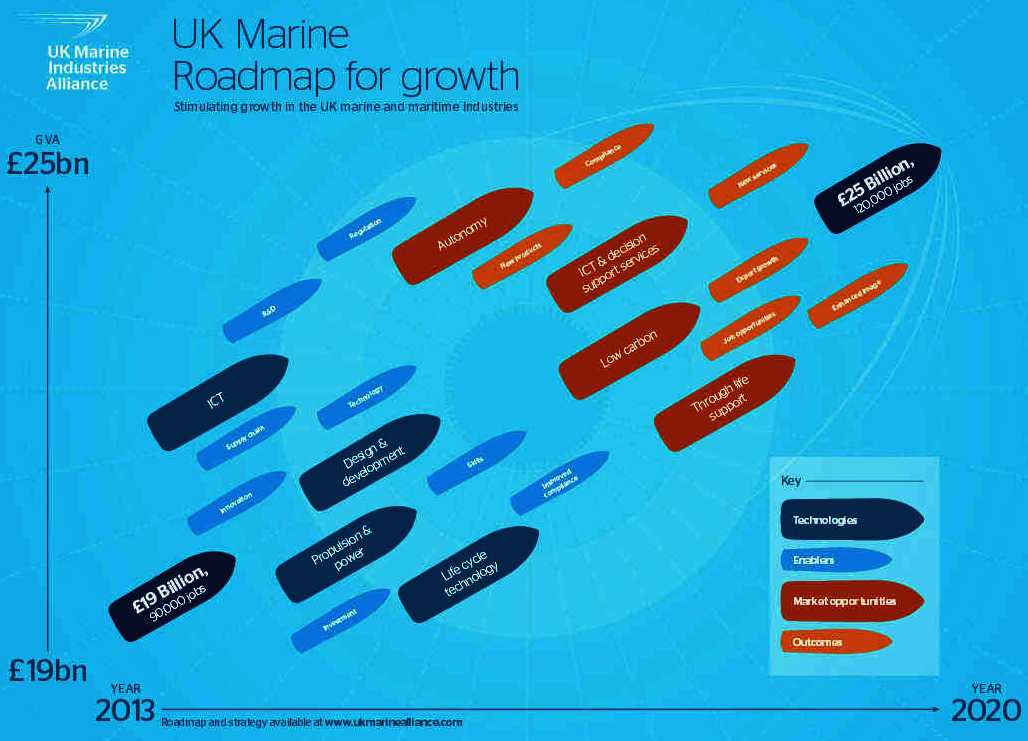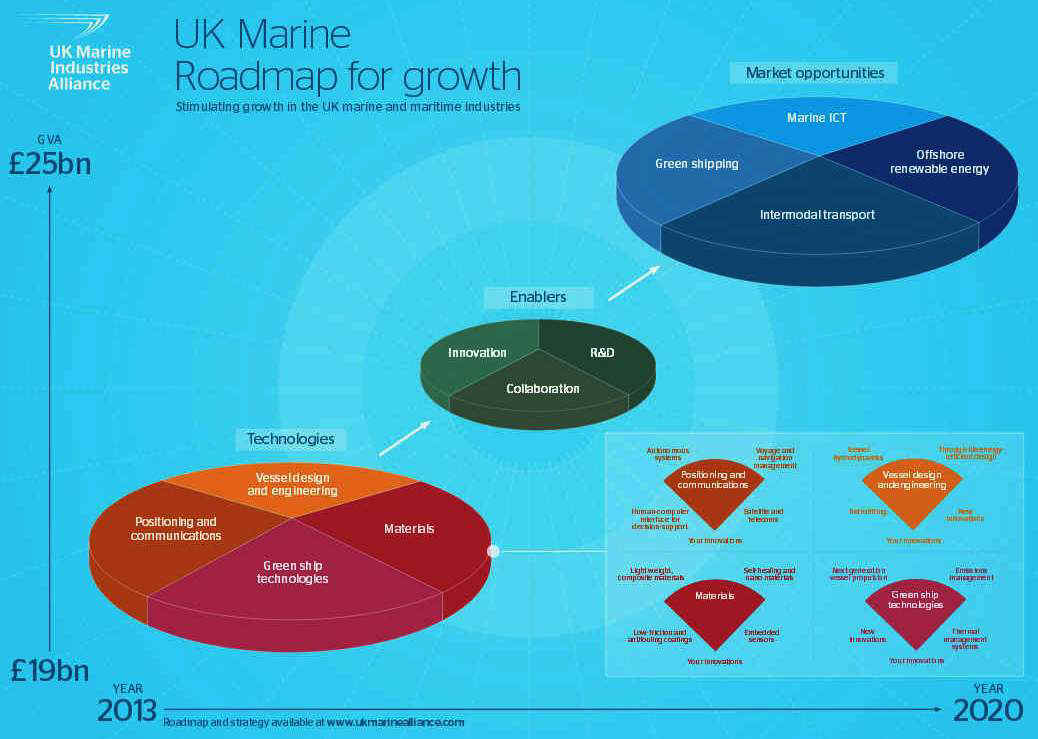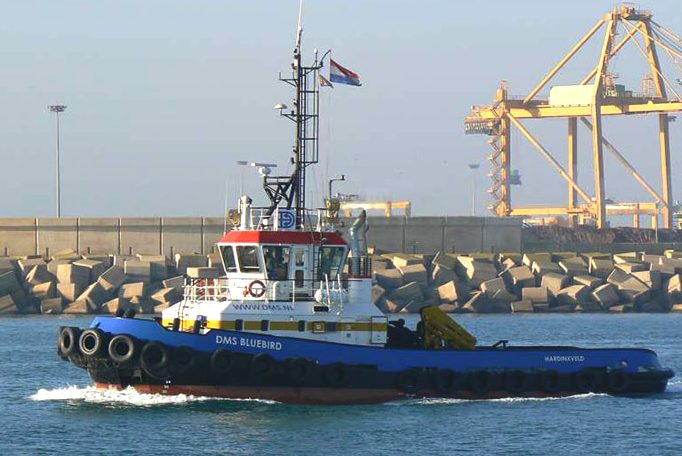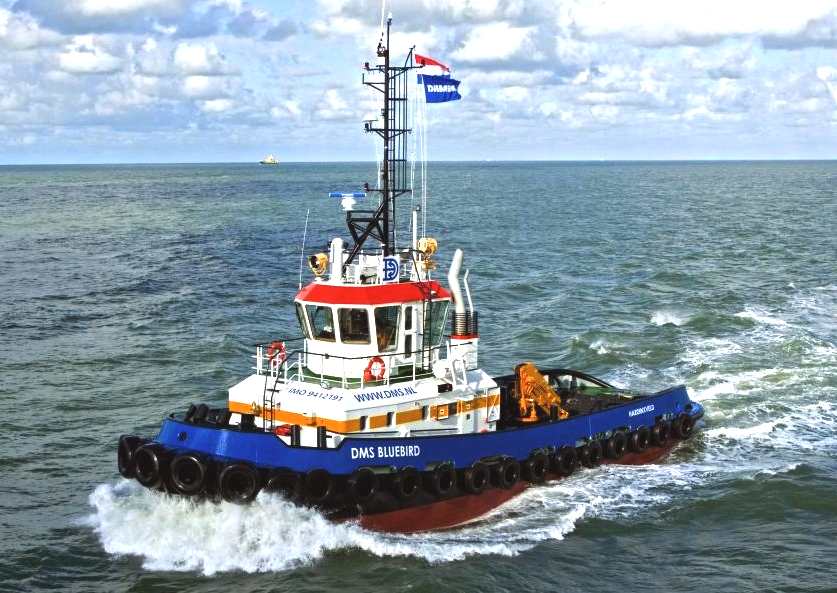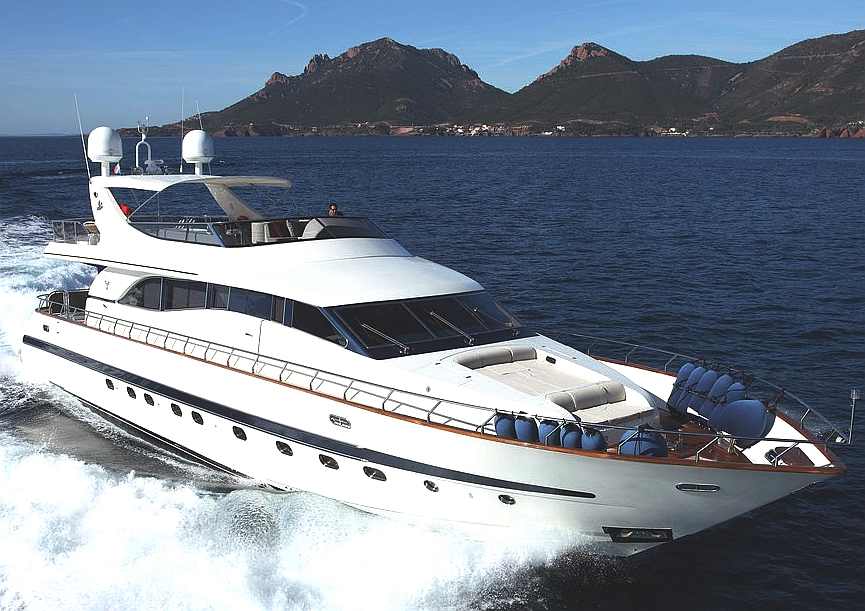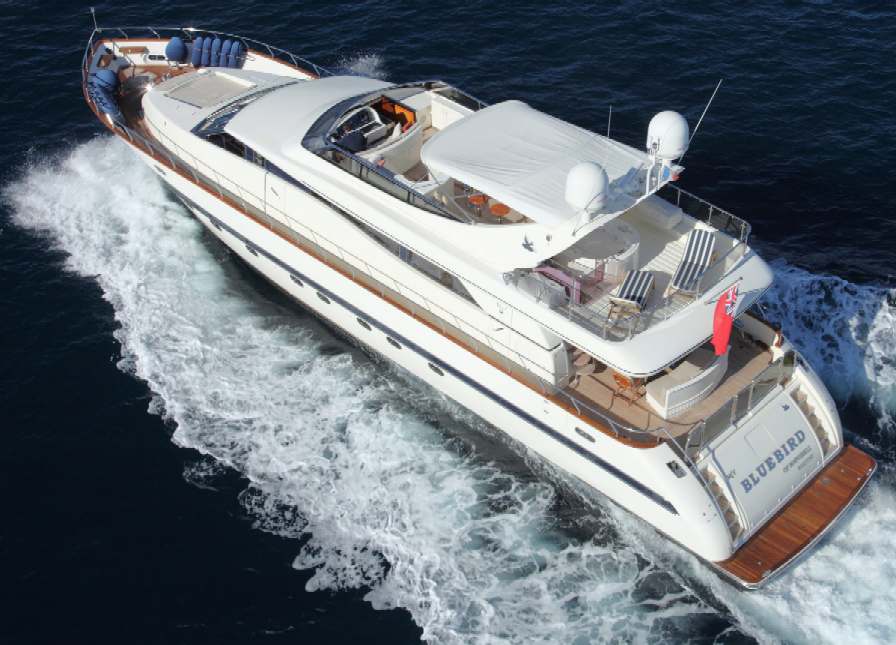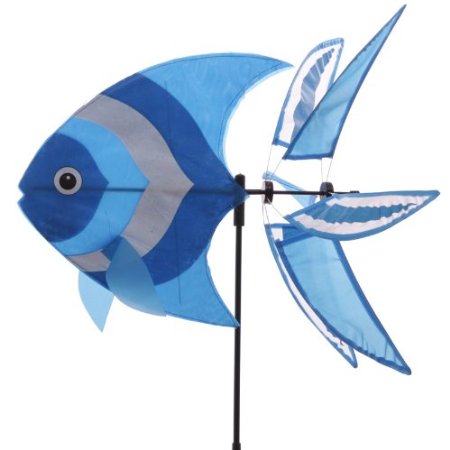|
|
BLUEBIRD MARINE SYSTEMS LTD - OUR BOATS & INSPIRATION
|
|
||||||||||||||||||||||||||||||||||||||||||||||||||||||||||||||||||||||||||||||||||||||||||||||||||||||||||||||||||||||||||||||
|
OUR HERITAGE: British engineers, Christopher Cockerell, Barnes Wallace and Frank Whittle - inventors of the hovercraft, bouncing bomb and jet engine. Their achievements are our compass in the quest to excel.
Bluebird Marine Systems is a conceptual design powerhouse. We look at problems that require technical solutions and then develop concepts to meet today's environmental challenges.
Bluebird Marine Systems came into being in 2013 to push the barriers of marine and automotive innovation forward in a bold crossover to new 'zero-carbon' technology or zero emission vehicles (ZCT or ZEV).
The company is looking to build the first SeaVax - a pre-production prototype to be christened the "Manta Ray," after the giant marine filter feeder, that also has wings.
After that stage is accomplished, we may then be in a position to trade, trading being the operation of an ocean cleaning service or arrangement for the sale (or production) of RiverVax or SeaVax machines for private operators.
SEAVAX: THE OCEAN (PLASTIC) POLLUTION SOLUTION AND MORE - APRIL 2016. PROBABLY THE BIGGEST THREAT TO OUR OCEANS IS CLIMATE CHANGE. THAT IS A MASSIVE CHALLENGE THAT SEAVAX CANNOT BEGIN TO SCRATCH, BUT AT LEAST THIS ROBOT WILL PROVE AGAIN THAT SOLAR POWERED TRANSPORTATION CAN BE PUT TO PRACTICAL USE IN AN EFFORT TO CLEAN UP OUR DIRTY HABITS - WITHOUT USING FOSSIL FUELS. AS A VIRTUAL NOT FOR PROFIT, WE NEED YOUR HELP TO MAKE IT HAPPEN.
ZERO CARBON MARINE TRANSPORT (ZCT)
In the days before carbon fueled vessels every sailor knew that a ship had to earn its keep by design, rather than by burning coal or oil. That meant a method of capturing energy from the wind and redirecting it to his purpose - using a strong canvas fabric as sails and a huge crew to set and furl sails on clipper ships such as the famous Cutty Sark.
Today, fleet operators think of a ship as a box into which they pour fuel to earn money from taking product X from one port to another as quickly as possible. Each trip equals cash in the bank, and never mind the environment. For bean counters the idea of a return to a working hull is alien to their Excel and Sage spreadsheets. Bean counters like nice neat boxes and so do Navies.
The world economy is going backwards. Should our technology go the same way?
We knew ZCT might be perceived as disruptive by many in the maritime world and for that reason may not be well received by going concerns with a lot invested in producing existing designs. We are though looking to work with progressive concerns keen to promote sustainable transport, and the opportunities that new technology might give to the UK and other participating countries.
We drew our inspiration from many great British marine engineers such as: Fred Cooper (Saunders Roe), John Cobb, Ken Norris and Leo Villa (Bluebirds K3, K7 and Jetstar [1931-67]) and those technology heroes pictured above, who worked together in the name of radical advancement. One of our engineers was fortunate to know the late Ken Norris and helped restore the K3 with its then owner the late Paul Faulkes-Halbard in 1990.
Shipbuilding was once a mainstay of the British economy. The UK led the way with groundbreaking technology, staying one step ahead of the competition, providing solutions to problems years in advance of the need, and products stemming from those solutions. The result of the endeavors of yesteryears engineering heroes was a healthy balance of payments from exports. Today, engineers are in short supply.
THE GUARDIAN DEC 9 2014 - OECD REVEALS WEALTH GAP STRANGLES ECONOMIC GROWTH
Rising inequality is estimated to have knocked more than 10 percentage points off growth in Mexico and New Zealand, nearly nine points in the UK, Finland and Norway, and between six and seven points in the United States, Italy and Sweden. The think-tank said governments should consider rejigging tax systems to make sure wealthier individuals pay their fair share. It suggested higher top rates of income tax, scrapping tax breaks that tend to benefit higher earners and reassessing the role of all forms of taxes on property and wealth.
“These findings have relevant implications for policymakers concerned about slow growth and rising inequality,” the paper said.
However, the OECD said, its research showed
“it is even more important to focus on inequality at the bottom of the income distribution. Government transfers have an important role to play in guaranteeing that low-income households do not fall further back in the income
distribution.”
THE UK ECONOMY
The UK today is struggling to remain afloat, a struggle defined by increasing borrowing with no end in sight. As a country we owed around £1.33 trillion pounds in 2014. That is 91% of our gross national product (GDP), and the debt is increasing by £121 billion pounds every year or £2.3 billion pounds a week. Like it or not this is our National Debt (ND) and economists predict a ND of 99% of GDP within four years if we do nothing about spending or imports.
The National Debt began when William III (Orange & England) engaged a syndicate of City merchants to market an issue of government debt to become the Bank of England. From there Government debt began a century-long climb, financing the Earl of Marlborough’s (John Churchill) wars against the French 1702>, wars against the North American colonial rebels 1765>, peaking in 1815 at the end of the Napoleonic Wars at over 200 percent of GDP. The Whigs made fortunes financing munitions for these wars at the expense of the ND. The ND is of course furnished by increasing taxes.
Government debt exploded again during World War I reaching 150% of GDP remaining high into World War II where it reached 1815 levels at over 200% of GDP. Debt came down to 50 percent of GDP by the 1970s and dipped to 25 percent in 1990 - a time of relative peace. There is thus a link between war and debt. The trick being to prevent World War III without increasing GDP. Unfortunately, the economic stresses of high debt appears to be a trigger to conflict - as seen in Middle East aggressions, designed to keep oil flowing to high octane economies. Adopting sustainable practices is one way of calming economies. Keep the following statistics in mind when deciding whether to invest in sustainable technology:
We are engineering solution providers hoping to be able to contribute solutions in a negative financial climate, that might reduce the £46.5 billion defence budget, £33 billion of which is direct military expenditure on machinery and equipment that we don't need. Disruptive it may be, but we believe that ZCT is the first stage platform to sustainable (cost-effective) peacekeeping and merchant transport. ZCT will secure our position technologically for years to come, with global exports as a by product to increase the estimated £35 billion of exports to £70 billion of GDP within 7 years. Standing still with merchant or military research is actually going backwards - like our balance of payments and trade deficit.
EXISTING MILITARY CONTRACTORS
It is our belief that we can no longer afford to keep expensive munitions suppliers ticking over making incremental design improvements at enormous expense to the taxpayer to maintain outdated methods. Especially, where our economy is in such turmoil. In our view an example of poor spending is pouring £hundreds of millions into conceptual designs for a Type 26 Combat ship of the future, or Queen Elizabeth aircraft carrier, where those genres are likely to be displaced in a new era of autonomous craft. There is nothing significantly different about the designs that we have seen on the drawing boards of the major military contractors that might reduce MOD operating costs. Yet we must preserve the peace effectively and cost effectively. One solution might be to continue to operate the ships we have, while we develop a sustainable alternative - and keep our fingers crossed that nobody starts a major war while we catch up. Indeed, all other navies are facing the same predicament. The first to adopt sustainable peacekeeping will have the advantage.
ENTERPRISE TO MANTA RAY: Help us take the 'Enterprise 1' proof of concept boat to the 'Manta Ray' prototype demonstrator. You can do this by joining our consortium of academic institutions and companies, by association as a sponsor, or by making a personal contribution to any future fund raising campaign.
OPPORTUNITY - HERE and NOW
In the UK we have within our grasp the knowledge and skills to build super-efficient ships of the future today. This is a business opportunity for the UK and collaborative partner countries that we (and they) simply cannot afford to miss. You can see from the official government projections cited below that the move to invest in efficient green and autonomous vessels is one way to achieve growth. Now is the time to move on design excellence that has been waiting in the wings to shine.
Today we are developing ships that can navigate without a crew and that need no fuel other than energy from nature. These are the developments of the future to see us sustainably through the troubled waters that the maritime industry currently faces, where air pollution is now a major issue. This is the new 'blue bird' of happiness of which Maurice Maeterlinck would commend. Indeed, this concept was discussed with the late Ken Norris (of Bluebird jet car and boat fame) though solar energy and navigation were not strictly his areas of expertise, efficiency through design was high on his agenda of which he approved.
Project BLUEFISH ZCC: Solar powered autonomous ship (not to scale) © 2013 Development of this enabling platform and the autonomous onboard systems is led by Bluebird Marine Systems Ltd. In was hoped that this would be in collaboration with academia and other research organizations, but European funding rules worked to prevent that, leading the company to look overseas for development opportunities and partners. Military contracts in the UK appears to be a closed shop.
ZERO CARBON CRUISERS (ZCCs)
Project 'BLUEFISH ZCC' is a venture to build the 'proof of concept' vessel below (left), a ship that embodies advanced solar harvesting and where required, autonomous navigation, in an active SWASH hull to provide Zero Carbon Cruising (ZCC). By combining several areas of expertise in one cutting-edge craft, we benefit from economies of scale and deal with integration from the word go. Ships derived from this formula may solve a number of issues to do with operational costs, crewing endurance and pollution cutting. We are actively seeking additional development risk share partners and funding/contracts both locally and internationally. There is much research to be done if we are ever to see even partial transition from burning fuel onboard ships, to using the energy around us for free,
All marine enquiries should be directed to:-
The Development Manager Solar House | BN27 1RF | UK
Email: bluefish@bluebird-electric.net
OUR AUTOMOTIVE ASPIRATIONS HAVE BEEN FROZEN TO ENABLE US TO FOCUS ON SEAVAX
The concept is sound, but there are hundreds of vehicle firms developing cars and only one marine company developing an ocean cleaning vessel: us. For this reason, although we are still interested in ZEV cars to combat climate change, we had to make a tough choice: freeze vehicle development for now.
We acquired the rights to patent EV fast charge technology, in the process purchasing three historic electric vehicles to learn from. We are presently developing a city size sports car with instant battery (or fuel cell) cartridge exchange built in - as the basis for a low cost infrastructure, by way of service stations that provide a high degree of load leveling and energy storage, that fast charging at the roadside cannot.
ECO-ECONOMICS: The Ecostar (shown above with solar panels) has a 20Kw/hr cartridge for a 200 mile range. Charging by solar power alone would take 59 hours of sunshine - or six days. Thus, if you travel less than 200 miles a week, your car could be charged free by nature, assuming reasonable weather. Now that is what we call sustainable motoring. One point eight square meters of solar panels will cost you around £130 DIY. That is the cost of 23.6 gallons of petrol, or 945 miles of IC engine motoring @ 40mpg, an average good yield. 945 miles divided by 200 miles per cartridge charge = just 4.7 weeks of free solar motoring. We think you will agree from this example that solar assistance makes a lot of sense.
Apart from improving the speed of automotive cartridge exchanges, a target is to improve the distance between exchanges by keeping vehicles light in weight and aerodynamically efficient.
We would like to establish a standard cartridge format that is universally acceptable to a majority of motor vehicle manufacturers by way of international cooperation.
Building on the above, we would like to work with energy companies to implement a prototype 'smart' service station for electric vehicles, such station to charge universal cartridges to store multiples of 3.6 megawatts and to supply cars and vans at the rate of one vehicle per minute eventually.
All automotive enquiries should be directed to:-
The Development Manager Solar House | BN27 1RF | UK
Email: bluebird@bluebird-electric.net
THE UK MARINE MARKET - VALUE
The maritime sector is
defined by nine component industries, including:
MARINE
INDUSTRIES ROAD-MAPPING AND STRATEGIC ACTIVITIES TO 2020
This clearly shows that there is an opportunity for a growth of £6billion GVA in areas such as green shipping, marine ICT, offshore renewables and intermodal transport. Key opportunities for business growth exisit for business and research that work together to develop innovative solutions in:
2) strategic opportunities
This shows how enabling growth and investment in technology areas will enable the UK to capitalise on up-coming market opportunities, resulting in £6billion growth in GVA, represented by increase in new products and services and growth in exports in such areas as autonomous systems, ICT and decision support systems and growth in low carbon requirements.
IN
PROGRESS
ROBOTICS AUTONOMOUS SYSTEMS SIG
The vision is to bring together an integrated community of entrepreneurs, innovators, researchers and potential end users to create a vision for the emerging industrial Robotics and Autonomous Systems (RAS) sector in the UK.
The Robotics and Autonomous Systems Special Interest Group was established on 1 January 2013 in a partnership between the Technology Strategy Board (TSB) and the Knowledge Transfer Networks.
Drawing on a core group of experts, leading industrialists and academics, the SIG's aim is to stimulate collaboration and innovation in RAS capabilities, which are required to underpin multiple industrial sectors, leading to increased productivity and growth.
The SIG runs until the end of 2015, when a review of its work will be undertaken to inform future support and intervention.
VESSEL EFFICIENCY GROUP * Smart materials * Positioning and communications * Autonomous sensing, avionics and advanced navigation * Smart green propulsion and alternative low carbon / emission systems * Vessel design and engineering
BLUEBIRD CRAFT AROUND THE WORLD
OUR TRADE MARK - As you might imagine 'Bluebird' is one of the most popular trademarks in the world today, used for goods as diverse as credit cards (USA), restaurants and confectionary (England) phones (Japan), buses (USA), food (Australia) software and shipping management (India). We own the trademark in connection with electronics and electrical equipment and for vessels, yachts and multihulls. We are seeking business and development partners worldwide. We sometimes offer free licenses for good causes, such as events using a bird with the blue color, where no conflict arises.
We have no connection with any of the companies using the name for goods other than those stated on this website, nor are we connected with any high speed racing concerns - though such racing boats have been of much interest and continue to be an inspiration, they are powered by internal combustion engines and have no electronic systems, so are far removed in purpose from our own electric vessels. We have though included a brief history of famous boats called 'Bluebird.' Using a trademark without the owners permission is a serious matter. See our guide on the subject. If you suspect being sold counterfeit goods - please let us know immediately. Note: This legacy site has much unrelated content that we are contractually obliged to maintain.
The' DMS Bluebird' operated by Thong Yong (marine services) in the Middle East. She is a 26m tug powered by 3500hp Caterpillar diesels built by DAMEN Marine Services in Holland 2007
The motor yacht 'Bluebird of Happiness' out of Whitby - a luxury boat available for charter.
|
||||||||||||||||||||||||||||||||||||||||||||||||||||||||||||||||||||||||||||||||||||||||||||||||||||||||||||||||||||||||||||||||
|
This website is Copyright © 2016 Bluebird Marine Systems Ltd. The names Bluebird™, Bluefish™, RiverVax™, SeaNet™, SeaVax™ and the blue bird & fish in flight logos are trademarks. All other trademarks are hereby acknowledged. The color blue is a protected element of the marks.
|
||||||||||||||||||||||||||||||||||||||||||||||||||||||||||||||||||||||||||||||||||||||||||||||||||||||||||||||||||||||||||||||||
